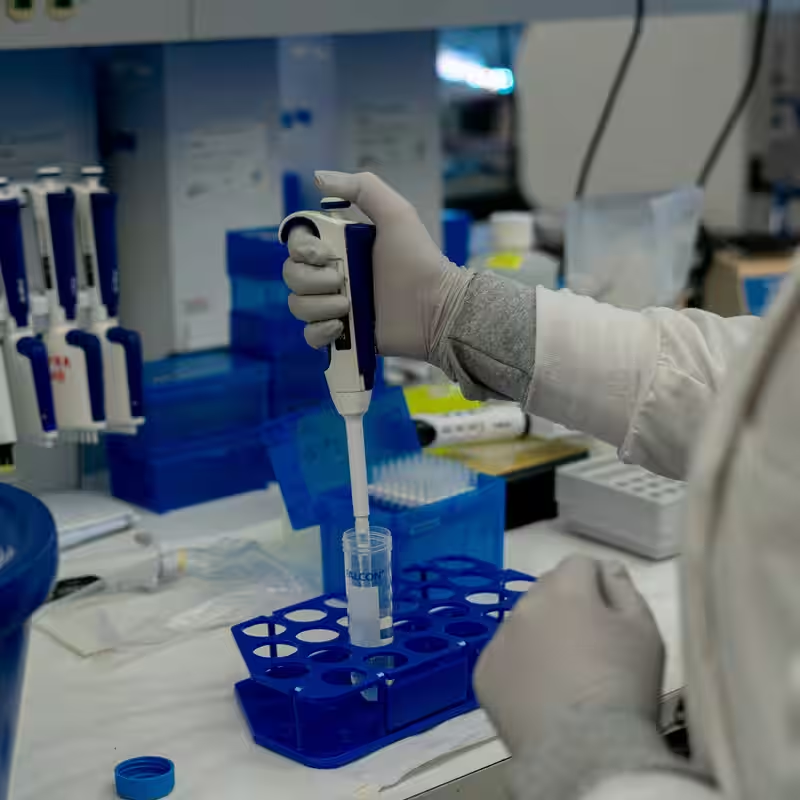When the Trump administration announced a staggering $100,000 fee for new H-1B visas, headlines focused on Silicon Valley and Wall Street. But the real crisis may be unfolding in America’s classrooms.
From university research labs to rural public schools, educators say the new fee is making it nearly impossible to hire the skilled foreign workers they rely on to fill critical teaching and academic roles—especially in math, special education, and STEM fields.
Why Schools Depend on H-1B Workers
The H-1B visa program allows U.S. employers to temporarily hire foreign professionals in “specialty occupations”—roles that typically require a bachelor’s degree or higher. While tech giants dominate the headlines, universities, school districts, and research institutions have long used the program to address persistent staffing shortages.
“It’s not as if this is done on a whim because we’re trying to replace American workers,” said Lynn Pasquerella, president of the American Association of Colleges and Universities. “It is done based on merit and who’s the most qualified.”
The $100,000 Problem
Under the new policy, each new H-1B petition now carries a $100,000 administrative fee—up from just a few thousand dollars. For a public school district hiring a single special education teacher, that’s an impossible cost. Even large universities say they can’t absorb such fees across dozens of faculty hires.
“We simply don’t have that kind of budget,” said one superintendent in Arizona, who asked to remain anonymous. “We’re already struggling to fill vacancies. This shuts the door completely.”
Who’s Affected? A Breakdown by Sector
| Sector | Typical H-1B Roles | Impact of $100K Fee |
|---|---|---|
| Public K–12 Schools | Math, science, and special education teachers | “Catastrophic” — many districts will stop hiring internationally |
| Public Universities | STEM professors, researchers, lab directors | Reduced hiring; delayed research projects |
| Private Colleges | Language instructors, engineering faculty | Shift to adjuncts or unfilled positions |
| Community Colleges | IT and healthcare instructors | Limited ability to update curriculum with industry experts |
Part of a Broader Crackdown on Higher Ed
This visa fee isn’t happening in isolation. The Trump administration has launched a multi-pronged campaign against higher education, including:
- Freezing billions in federal research grants
- Demanding large “diversity compliance” payments from elite universities
- Intensifying scrutiny of international student visas
- Opening civil rights investigations into dozens of campuses
Education leaders warn this pattern is eroding U.S. competitiveness. “We’re telling the world’s best and brightest: ‘You’re not welcome here,’” said one university president.
What the Administration Says
White House officials defend the fee as a necessary step to protect American workers. They argue that the H-1B program has been abused by employers to undercut wages and displace U.S. talent.
“This isn’t about education—it’s about fairness,” said a senior policy advisor. “If you can hire an American, you should.”
But critics counter that in many academic fields, qualified U.S. candidates simply don’t exist in sufficient numbers—especially in rural and underserved areas.
The Ripple Effect on Students
When schools can’t hire qualified teachers, students pay the price. Larger class sizes, canceled courses, and gaps in special education services are already being reported in districts that previously relied on H-1B educators.
“This isn’t just a bureaucratic change,” said a high school principal in Nevada. “It’s going to change what our kids learn—and what opportunities they have.”




